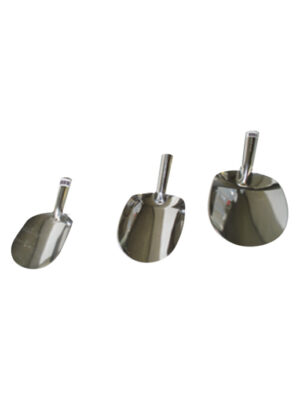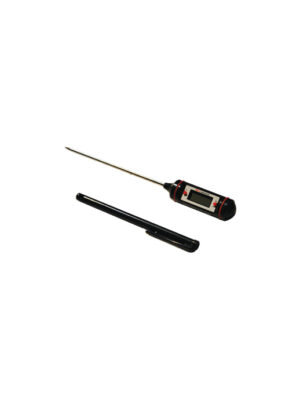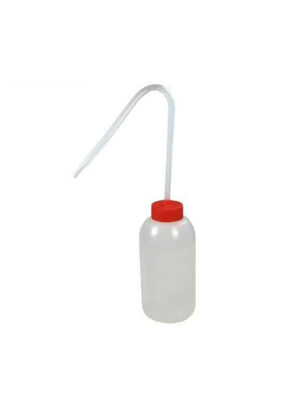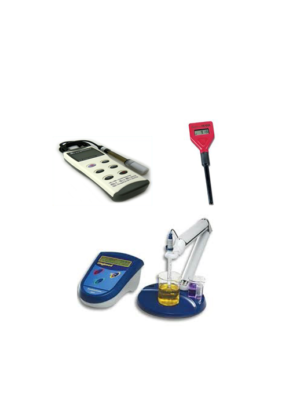While performing experiments in laboratories, it is absolutely necessary to use heat-resistant materials, and if these materials are not heat-resistant, cracking or breaking occurs in the experiments performed.
Especially since many materials need to be heated or even trained in the laboratory environment, these materials must be in durable containers during heating or melting. Thanks to the porcelain crucibles produced as heat resistant, it is much easier to experiment.
These products are produced from materials that are resistant to temperatures up to 1371 degrees and can be used during the melting of these materials, thanks to the temperature above the melting point of many materials.
Porcelain photos, which provide an easy melting opportunity, are among the most preferred products in laboratory environments, as they are also highly cultivated products in terms of functionality.
In terms of diameter widths, there are 2 models with a width of 10 cm and 12 cm, and these models are determined according to the products to be used.
What is Porcelain Crucible?
What is a porcelain crucible? Within the scope of the question, it is possible to say that these products are used as melting pots due to their heat resistance. Since many materials need to be melted at high temperatures in laboratories, porcelain crucibles are used during these processes.
It is possible to reach almost all materials in laboratory conditions with porcelain crucible products that are resistant to temperatures up to 2500 °F. Especially during the melting of materials with a very high melting point such as bronze, gold, copper, silver or brass, they appear as very durable products.
At the same time, they are considered as very advantageous products as they do not leave any residue on the surface after the melting process.
What Does a Porcelain Crucible Do?
Porcelain products, which are used in many areas today, have very common areas of use, especially in the laboratory environment, thanks to their temperature resistance. Porcelain crucibles appear as products that provide the opportunity to use high-volume mines and materials with high melting points under necessary conditions.
What is the use of a porcelain crucible in particular? It is possible to say that these products provide many advantages within the scope of the question. The porcelain crucible, which is produced from materials that are resistant to high temperatures, is very popular among auxiliary equipment used during processes and experiments, especially since it is resistant to the upper melting temperature and without any deformation during the melting of the materials to be melted.
Generally, elements such as copper, silver or gold melt at very high temperatures, and a porcelain crucible must be used to melt these products, which have high melting points, during the experiment or during the preparation for the experiment.
While porcelains with different sizes prefer crucibles, models that are suitable in terms of volume must be preferred, otherwise, when the product is placed outside its volume, there is a flow out in case of melting.
For this reason, it is possible to eliminate the flow problem or situations such as threatening human life by spreading around during the melting of toxic substances.















Reviews
There are no reviews yet.